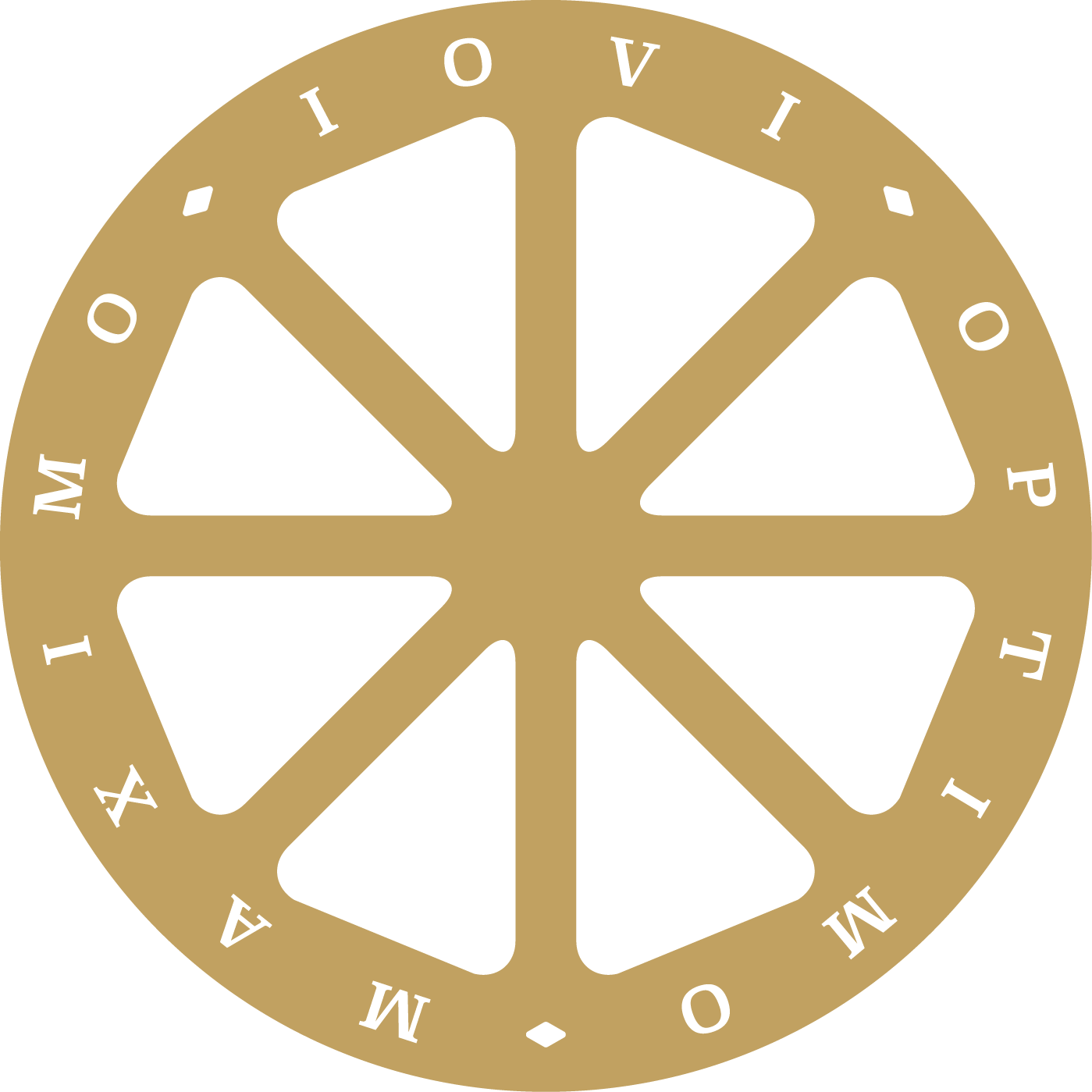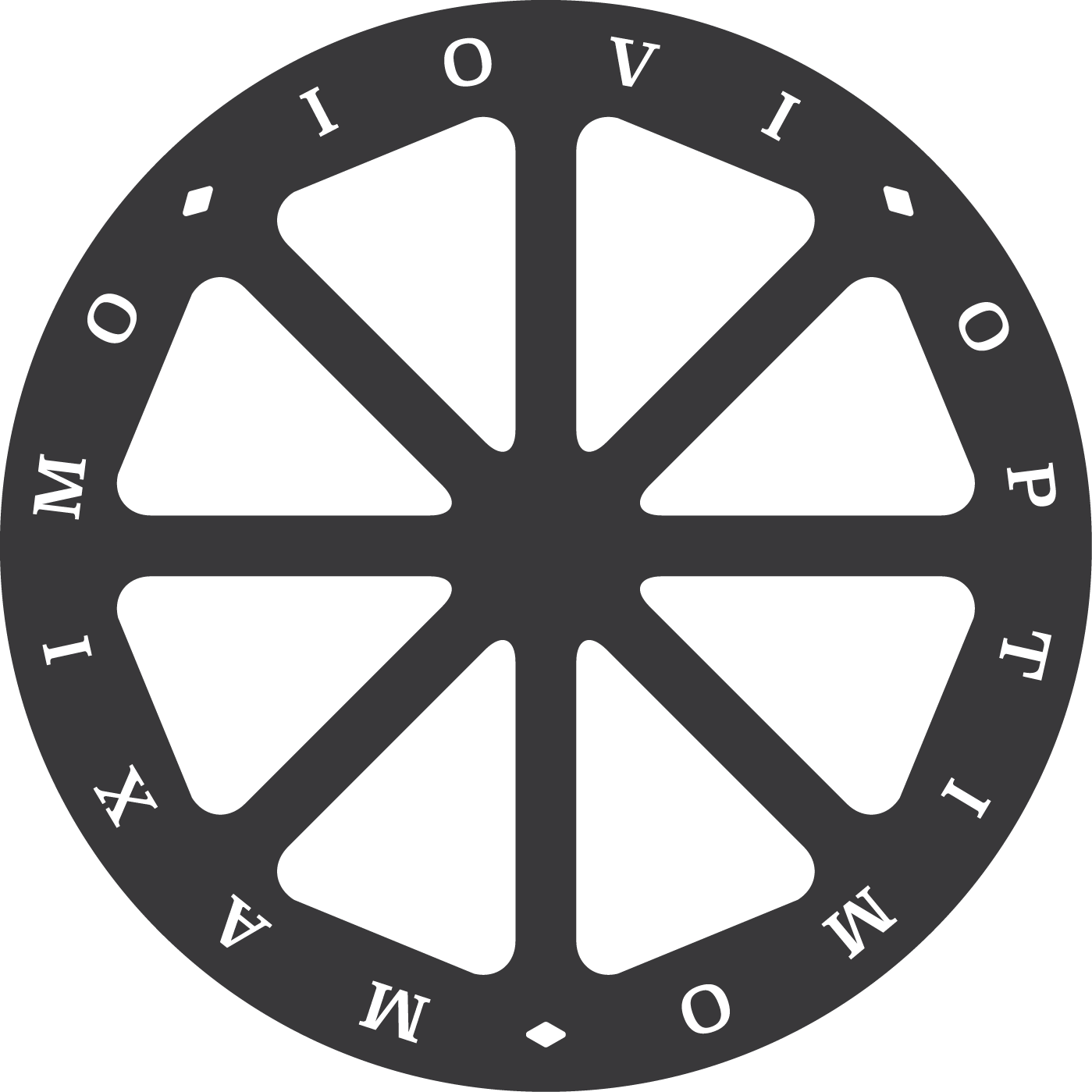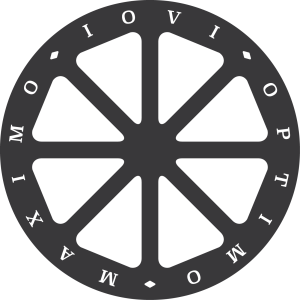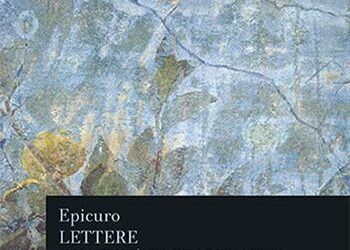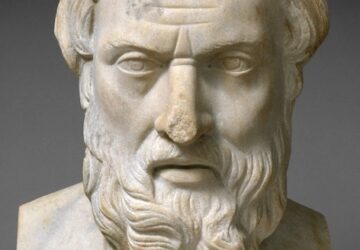Francoise Tulkens (Belgio, presidente), Vladimiro Zagrebelsky (Italia), Ireneu Cabral Barreto (Portogallo), Danute Jociene (Lituania), Dragoljub Popovic (Serbia), Andras Sajò (Ungheria), e Isil Karakas (Turchia) sono i sette giudici della Corte europea dei diritti dell’uomo che hanno stabilito all’unanimità quanto segue:
«The presence of the crucifix – which it was impossible not to notice in the classrooms – could easily be interpreted by pupils of all ages as a religious sign and they would feel that they were being educated in a school environment bearing the stamp of a given religion. This could be encouraging for religious pupils, but also disturbing for pupils who practised other religions or were atheists, particularly if they belonged to religious minorities. The freedom not to believe in any religion (inherent in the freedom of religion guaranteed by the Convention) was not limited to the absence of religious services or religious education: it extended to practices and symbols which expressed a belief, a religion or atheism. This freedom deserved particular protection if it was the State which expressed a belief and the individual was placed in a situation which he or she could not avoid, or could do so only through a disproportionate effort and sacrifice.
The State was to refrain from imposing beliefs in premises where individuals were dependent on it. In particular, it was required to observe confessional neutrality in the context of public education, where attending classes was compulsory irrespective of religion, and where the aim should be to foster critical thinking in pupils.
The Court was unable to grasp how the display, in classrooms in State schools, of a symbol that could reasonably be associated with Catholicism (the majority religion in Italy) could serve the educational pluralism that was essential to the preservation of a “democratic society” as that was conceived by the Convention, a pluralism that was recognised by the Italian Constitutional Court.
The compulsory display of a symbol of a given confession in premises used by the public authorities, and especially in classrooms, thus restricted the right of parents to educate their children in conformity with their convictions, and the right of children to believe or not to believe. The Court concluded, unanimously, that there had been a violation of Article 2 of Protocol No. 1 taken jointly with Article 9 of the Convention»
(Ho trovato il testo solo in inglese e francese ma mi sembra facilmente comprensibile; il documento completo si può leggere sul sito della Corte ).
Contro un atto giuridico così ovvio e così dovuto, la società italiana -non solo i politici, non solo…- mostra ancora una volta la propria grettezza culturale ed esistenziale. O coi toni sommessi di Bersani o con quelli urlanti di La Russa o con la proterva diplomazia del Vaticano, gli italiani confermano la propria lontananza da ogni spirito evangelico e d’essere intrisi invece di una concezione totalmente politica del cristianesimo. Per loro l’uomo sottoposto alla feroce tortura che il diritto romano riservava agli infami (e la cui visione è già solo per questo da sconsigliare a bambini e ragazzi) non è un simbolo spirituale ma un’arma identitaria da utilizzare come una clava contro i nemici (della fede, dell’Italia, dell’ “Europa cristiana”?).
“Come potevano utilizzare la croce di Cristo per uccidere altri uomini?” mi chiedevano a volte e stupiti i ragazzi quando insegnavo storia. In questi giorni stanno ottenendo risposta da gente corrotta nella carne e nel portafoglio ma che vede nel crocifisso un baluardo del proprio potere. Crociati.
